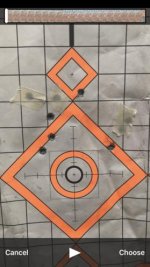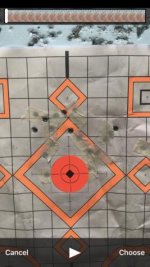It requires some experimentation for best results, but start with a heavy bullet, around 158 grains. I haven't seen a J-frame .38 Special gun yet that wouldn't shoot such a bullet fairly close to point-of-aim at 15 and 25 yards.
Use a good rest and good bench technique and concern yourself only with accuracy for the benchrest part. Shoot at 25 yards; this distance will help you weed out poor loads quickly. Shooting at a few yards will often tell you nothing more than some sorry loads are accurate up close.
You'll often lose 75 -100 fps or more in a snub nose gun vs. one with a longer barrel. It will vary from person-to-person, but I find using a two-handed Weaver-type stance at 25 yards will put the bullet impact very close to point-of-aim. Shooting one-hand "bullseye" style (my general preference) will show bullet strikes are several inches high at 25 yards.
Again, this will require some experimentation and practice. My results with taper crimping vs. roll crimping have been pretty much inconclusive with the .38 Special. Each can work well, but I've always found the best crimp is a minimal crimp, just enough to prevent bullet movement under recoil.
Almost all of my work has been with my own cast bullets, but jacketed should work fine. You can try other powders, but few really offer much, if any, advantage over HP-38 / Win. 231 in the .38 Special.
Some will criticize 25 yard shooting with a J-frame gun, but take the time to become proficient at that distance and you'll find shooting at closer distances becomes much easier. One needs to shoot up close (5, 10, and 15 yards) only to verify any point-of-impact change from the 25 yard range.



